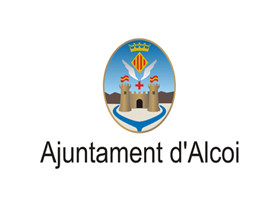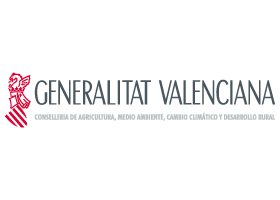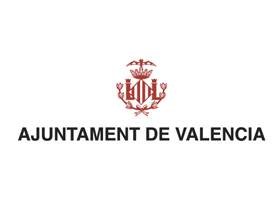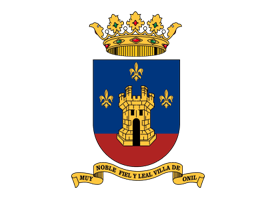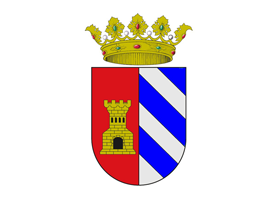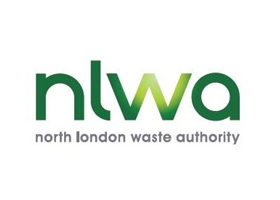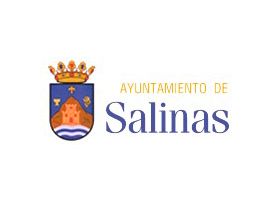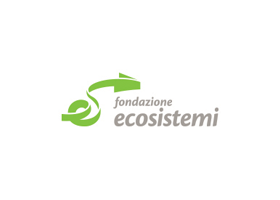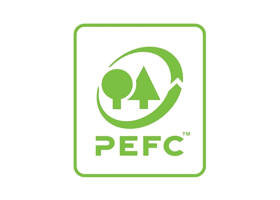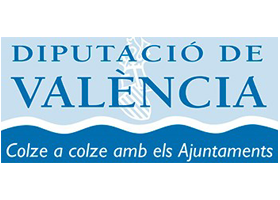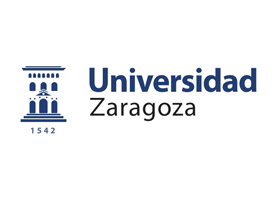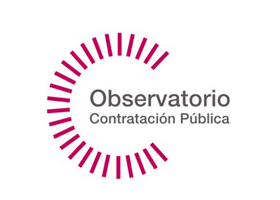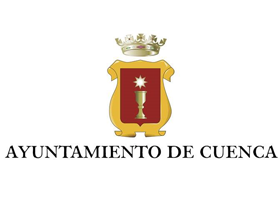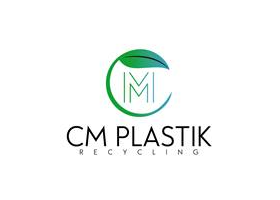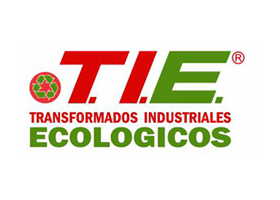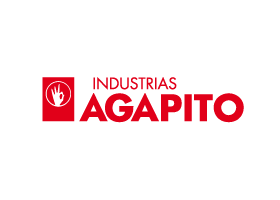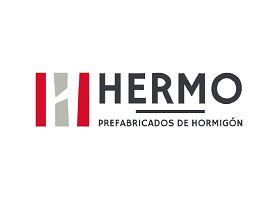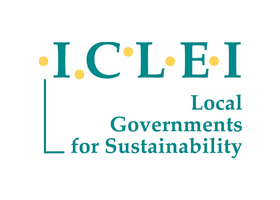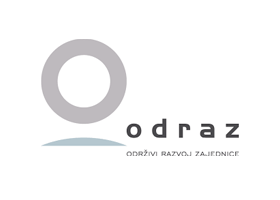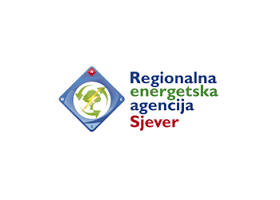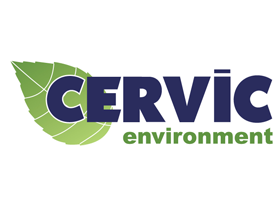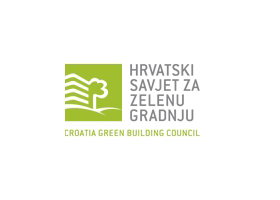In this section, you can access to the latest technical information related to the FUTURE project topic.
© Natascha - fotolia.com
“In terms of sea floods, the RAMSES project provided comparable damage cost estimates for more than 150 European cities,” reports RAMSES project coordinator Jürgen Kropp. The analysis shows that when sea levels rise, damage costs rise even faster due to the nature of assets in cities and how a flood may affect them.
Other cities need to be more concerned about hotter temperatures. Cities are heat islands and by the end of the century, their heat burden – extreme heat and longer heat waves –could increase tenfold compared to today. To cope with these risks, the project calculated health costs and other losses and costs for adaptation. Window blinds, air-conditioning, or working at cooler times of the day can help a city adapt.
Advanced models for standardised methodologies
The overarching idea of the methodologies is to estimate how much detail is needed to provide cost estimates, which are scientifically sound and useful for urban planners. Based on detailed stocktaking, it was feasible to identify how climate risks may affect more than 500 European cities.
Top-down modelling studies were complemented by bottom-up approaches providing much more qualitative details. For example, bottom-up methods looked at how urban floods would cause traffic jams and how this may create costs. Top-down models were applied Europe-wide, detailed approaches were used in case studies about London, Bilbao, and Antwerp.
The RAMSES methodologies consider a city’s land-use, infrastructure and asset construction and combine this knowledge with advanced model approaches. “Using the developed methodologies allowed us to draw interesting conclusions, which we discussed with city stakeholders in case studies,” reports Kropp.
A handbook for sustainable urban transformation
Based on the case studies, the RAMSES project has developed a handbook that can guide urban planners through 11 steps to adjust their urban planning. The 11-step adaptation cycle for transformation provides hints on how to estimate the costs of certain actions. “Enabling planners to consider many more variables and with greater accuracy than before, this cycle is a recipe for the transformation of any city,” says Kropp.
Urban planners must first be aware of climate risks. The estimated damage and costs of adaptation enable them to compare and justify the potential benefits of adapting cities and changing policies. “Unfortunately, detailed impact assessments conducted in isolation cost money and take a long time. The standardised methodologies developed in the RAMSES project are a step towards a more scientifically sound and concise assessment of the key facts and economic risks,” explains Kropp.
Urban planners now also have access to a new online tool – On Urban Resilience – that includes explanations from climate change adaptation and resilience experts. With access to this online video library, and the standardised methodologies and handbook, urban planners can draw more accurate conclusions from the data and make planning decisions that matter.

» More Information
« Go to Technological Watch
